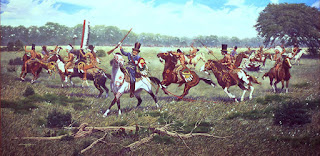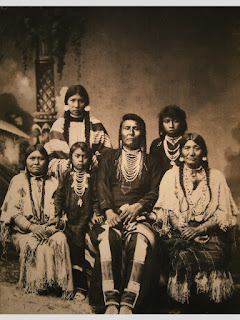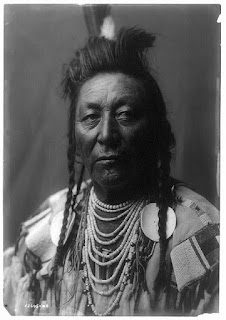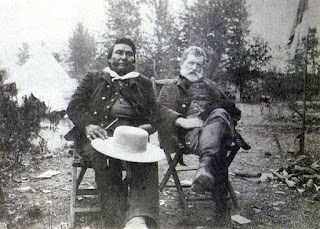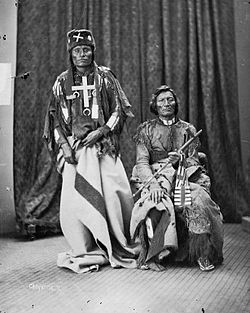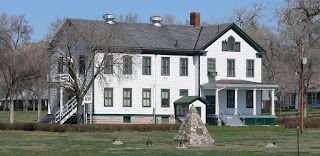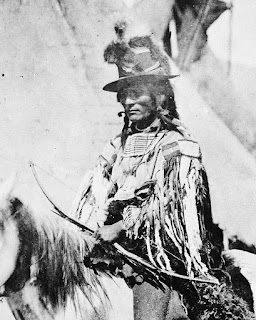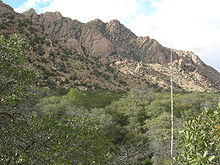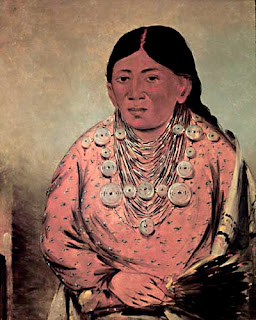Captivity Narrative: Olive Oatman Fairchild, 1837-1903

The story of Olive Oatman's captivity with the Mohave tribe in Arizona has been retold many times, the details often garbled in the telling. Olive Ann Oatman was born in Illinois in 1837 to a large family with at least 6 siblings, 3 brothers and 3 sisters. In 1850, the family joined a wagon train bound for California. As so often happened with tragedy-stricken wagon trains, Oatman's party, under her father's leadership, split with the main group near Santa Fe, New Mexico. When they reached Maricopa Wells in what is now Pinal County, Arizona, they were warned that the stretch ahead was not only inhospitable country, but also tracked through the range of several tribes who did not welcome trespassers. The Oatman family decided to proceed further, alone, while the other families remained at Maricopa Wells. About 80 miles away from what is now Yuma, Arizona, the group was approached by Native Americans. In her memoirs and to interviewers years lat...


